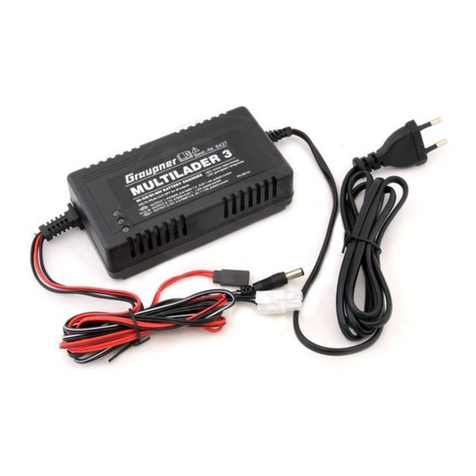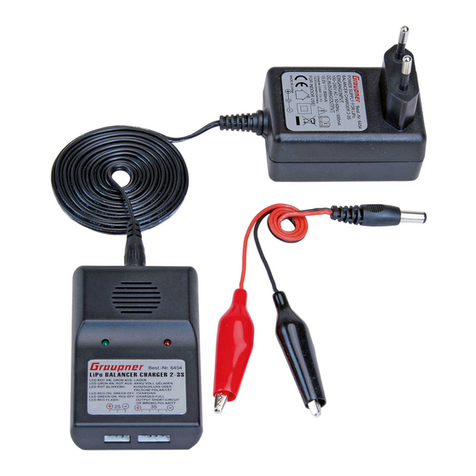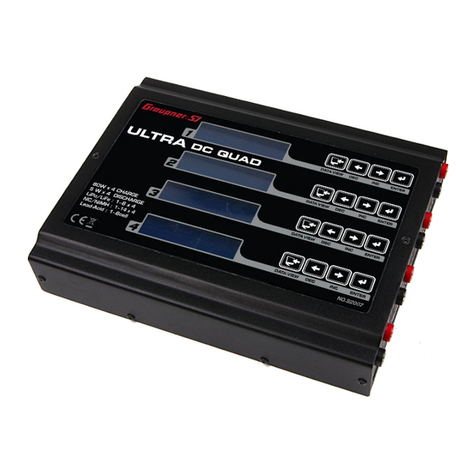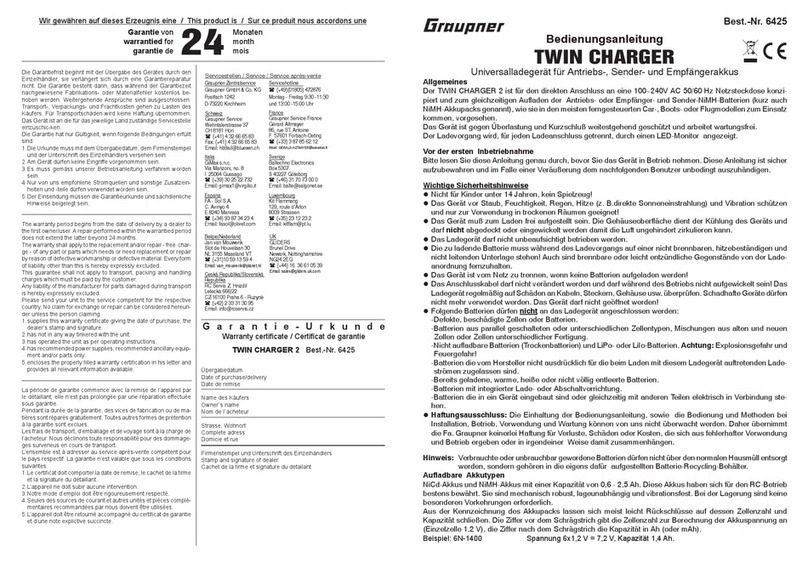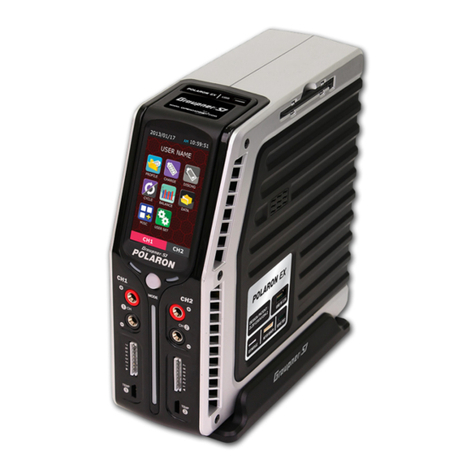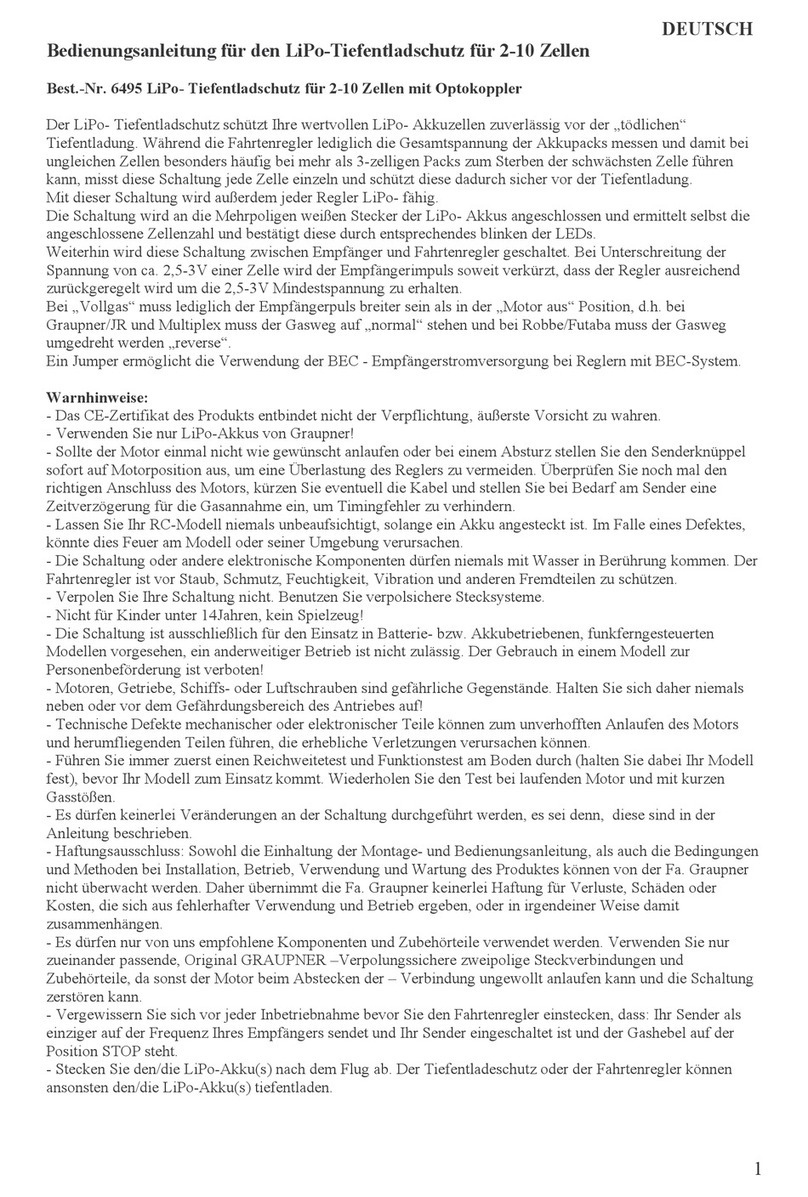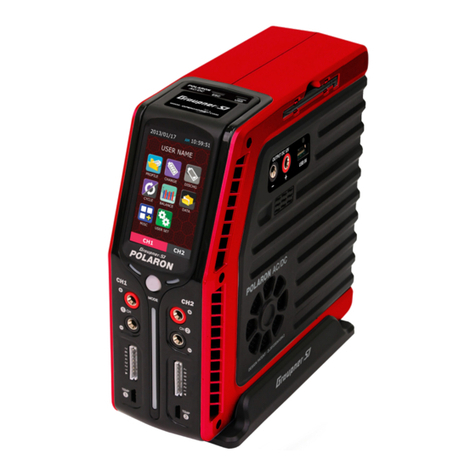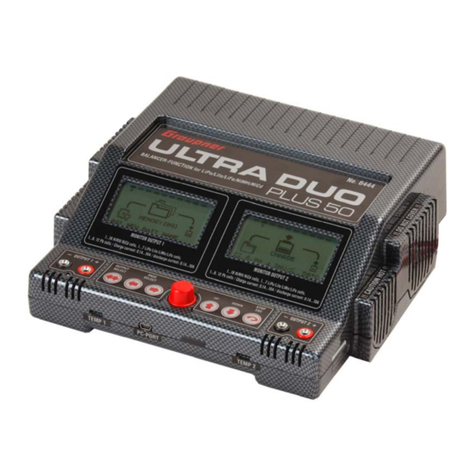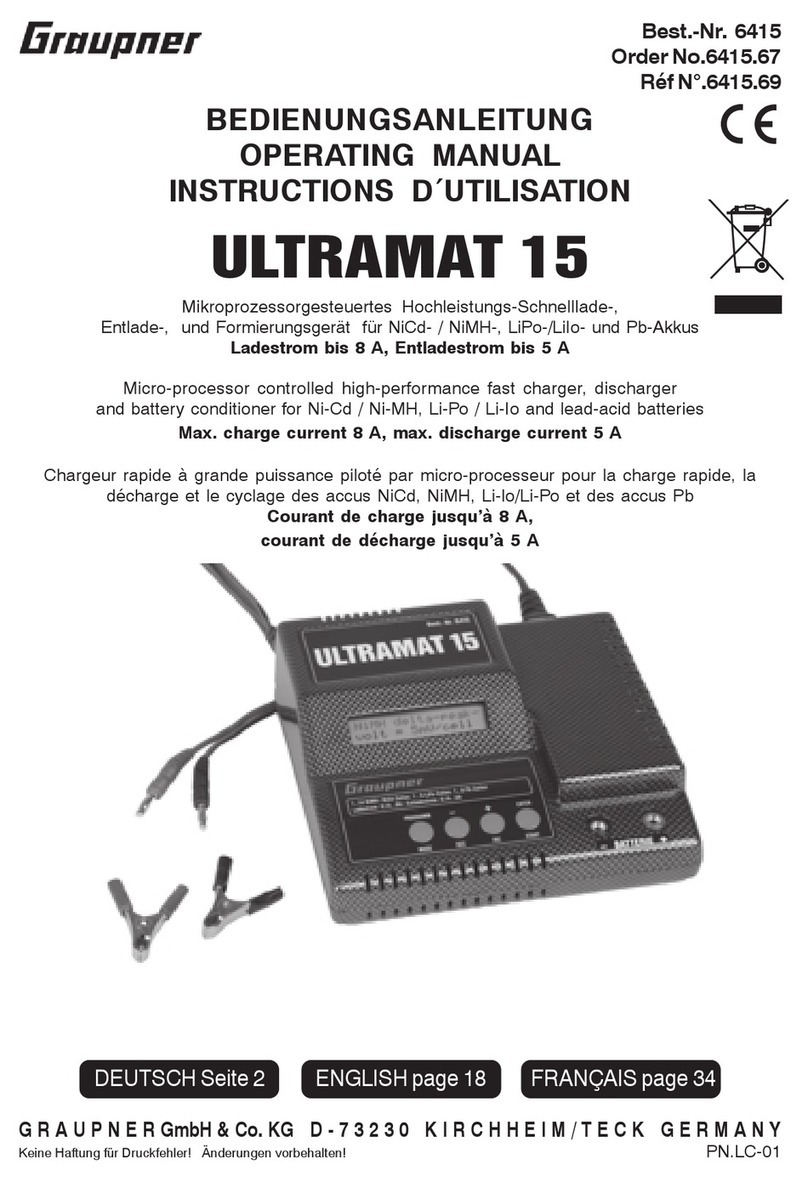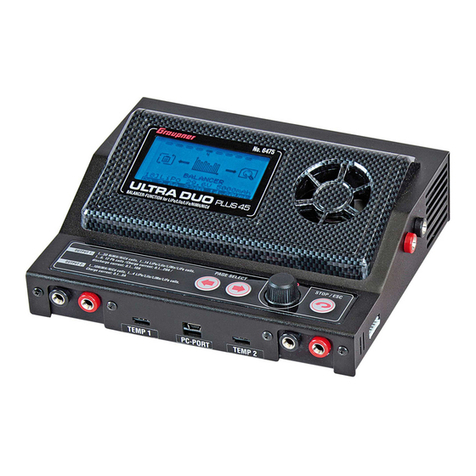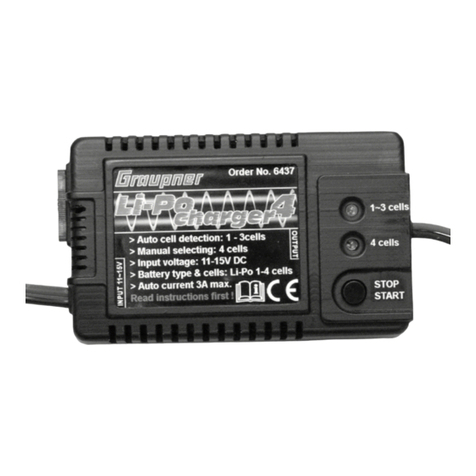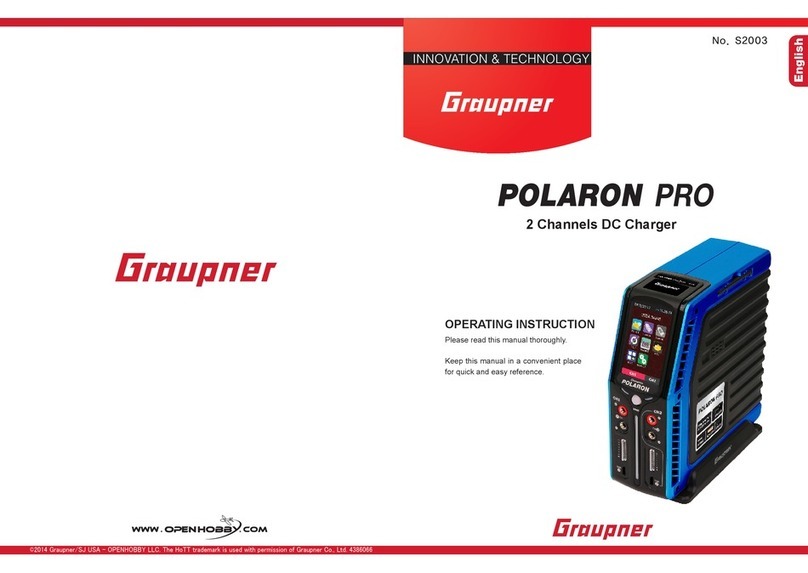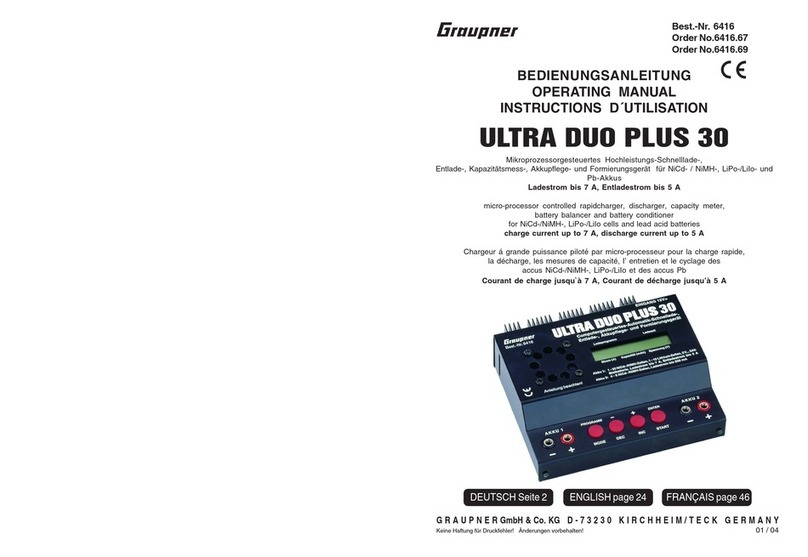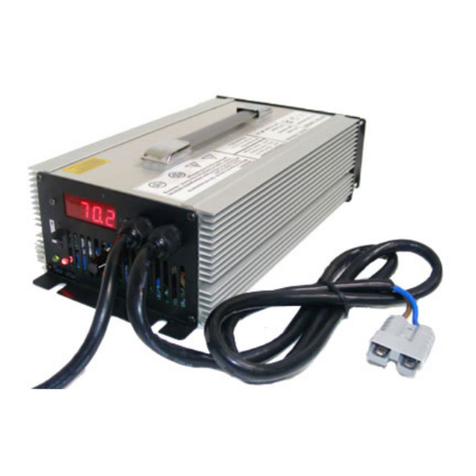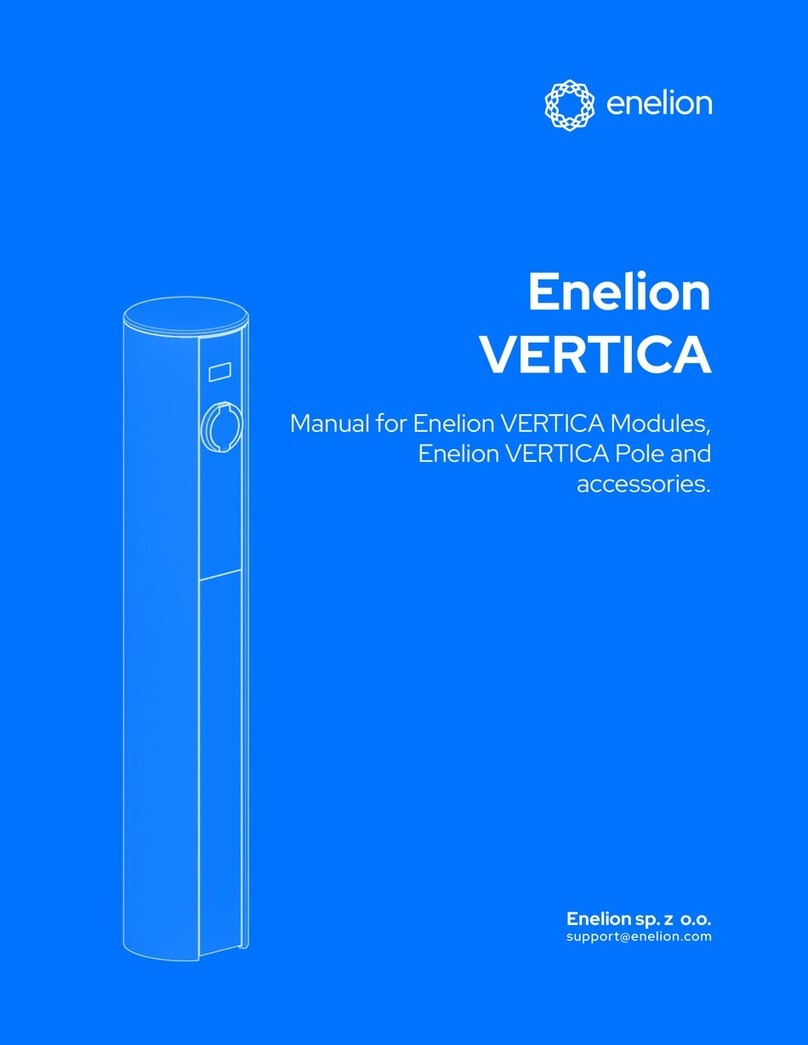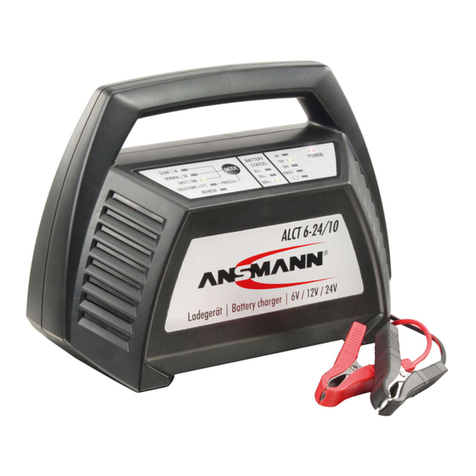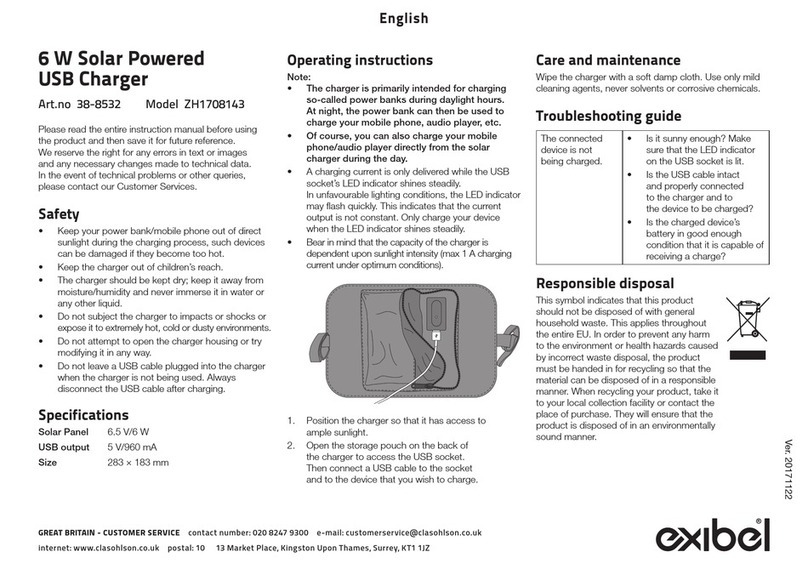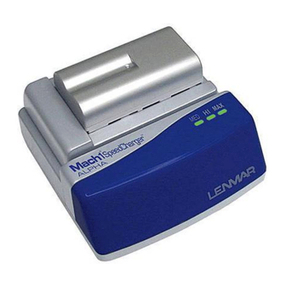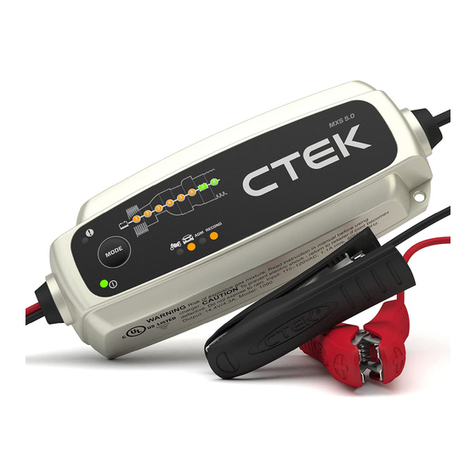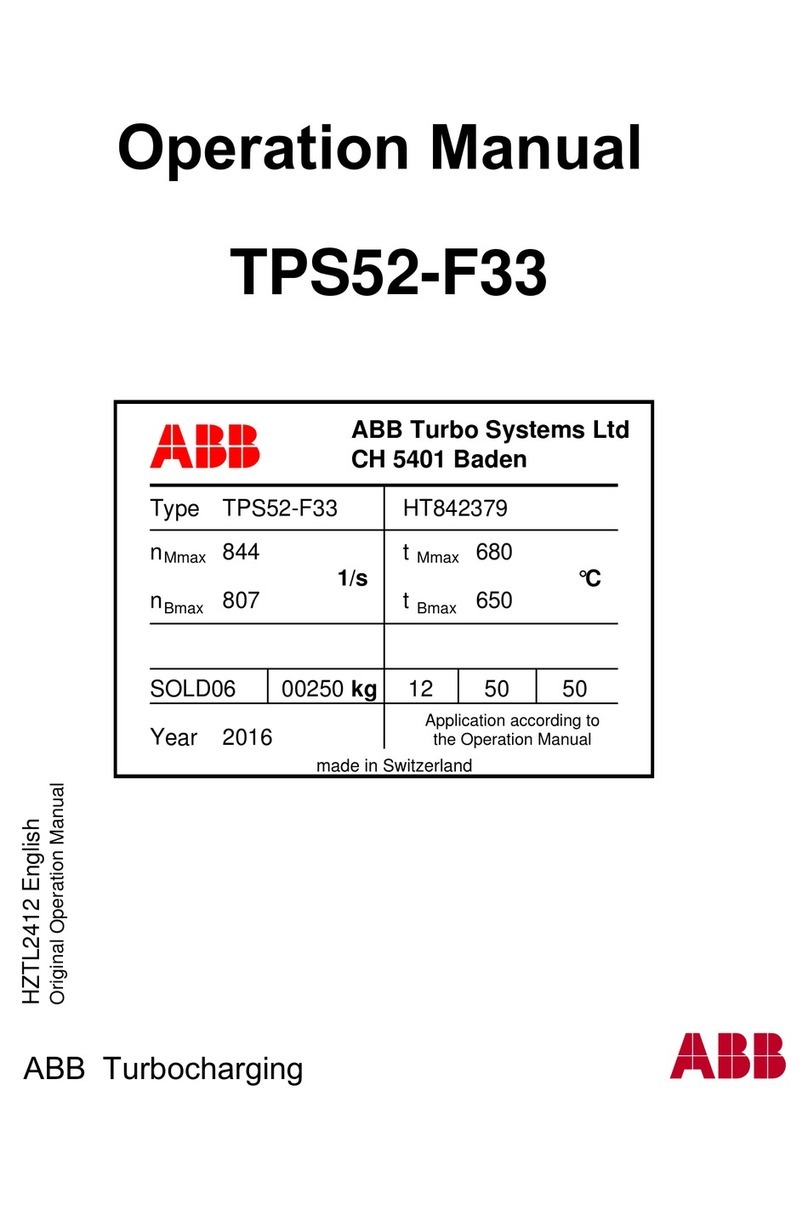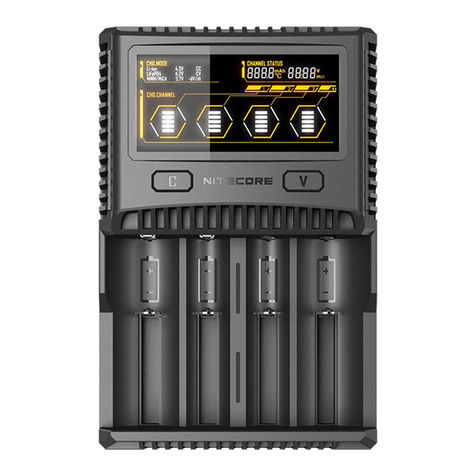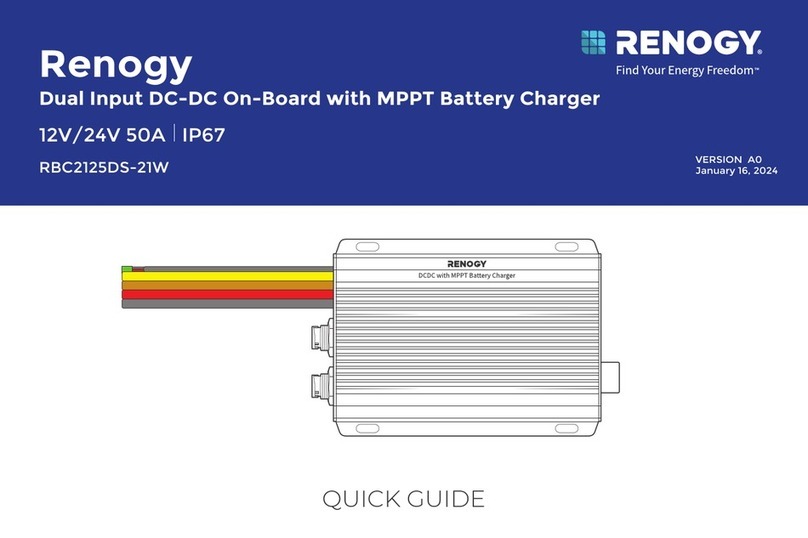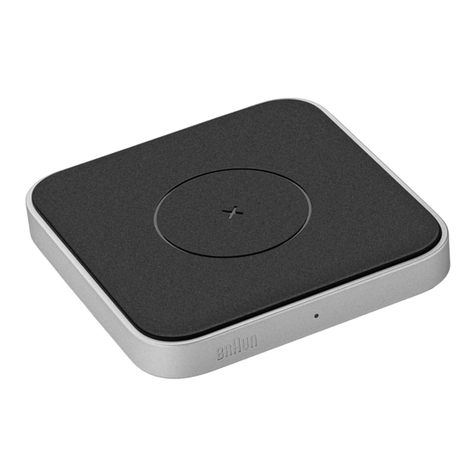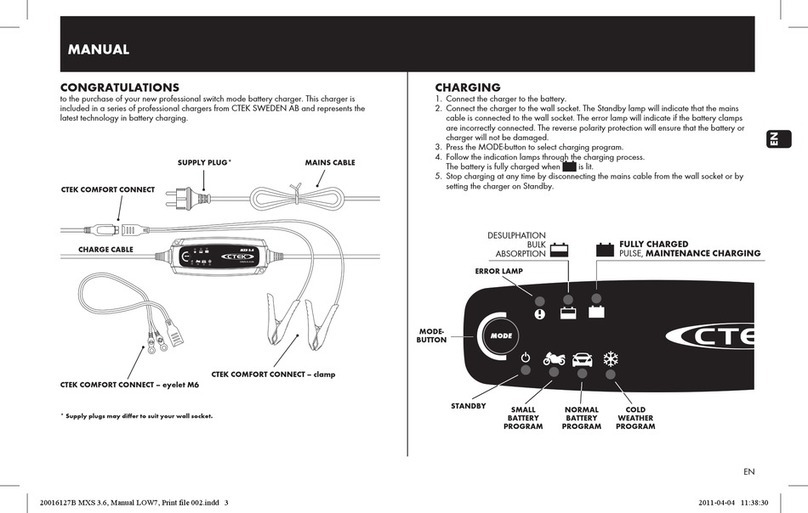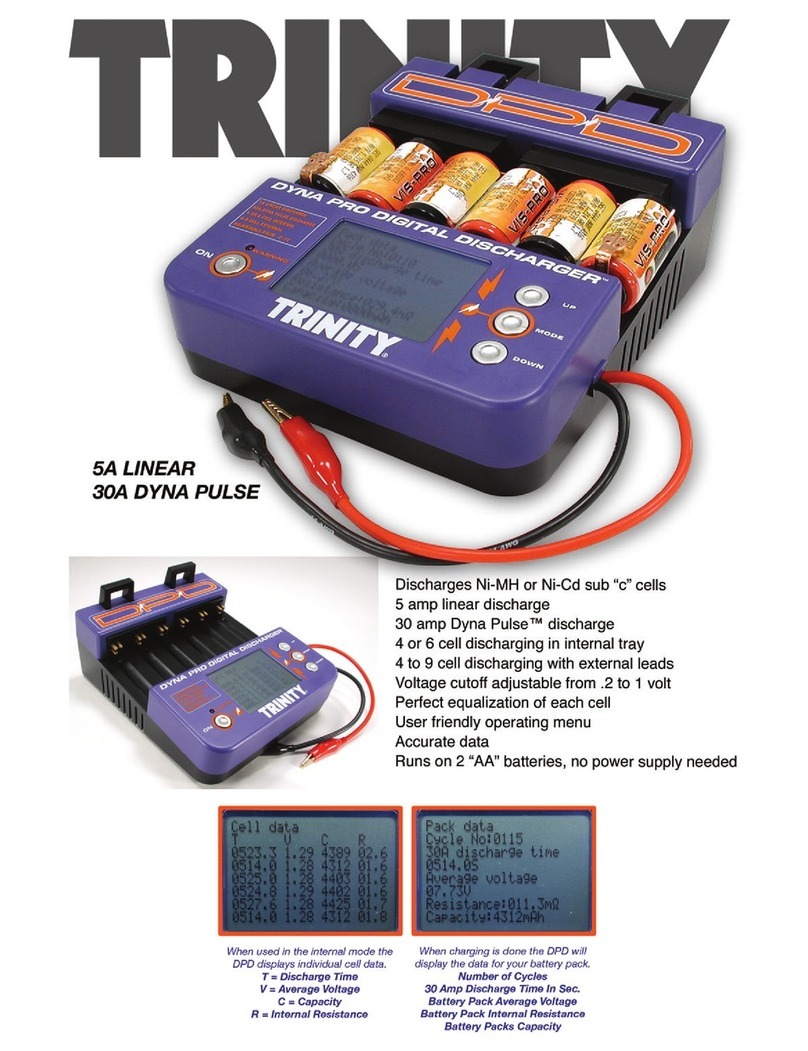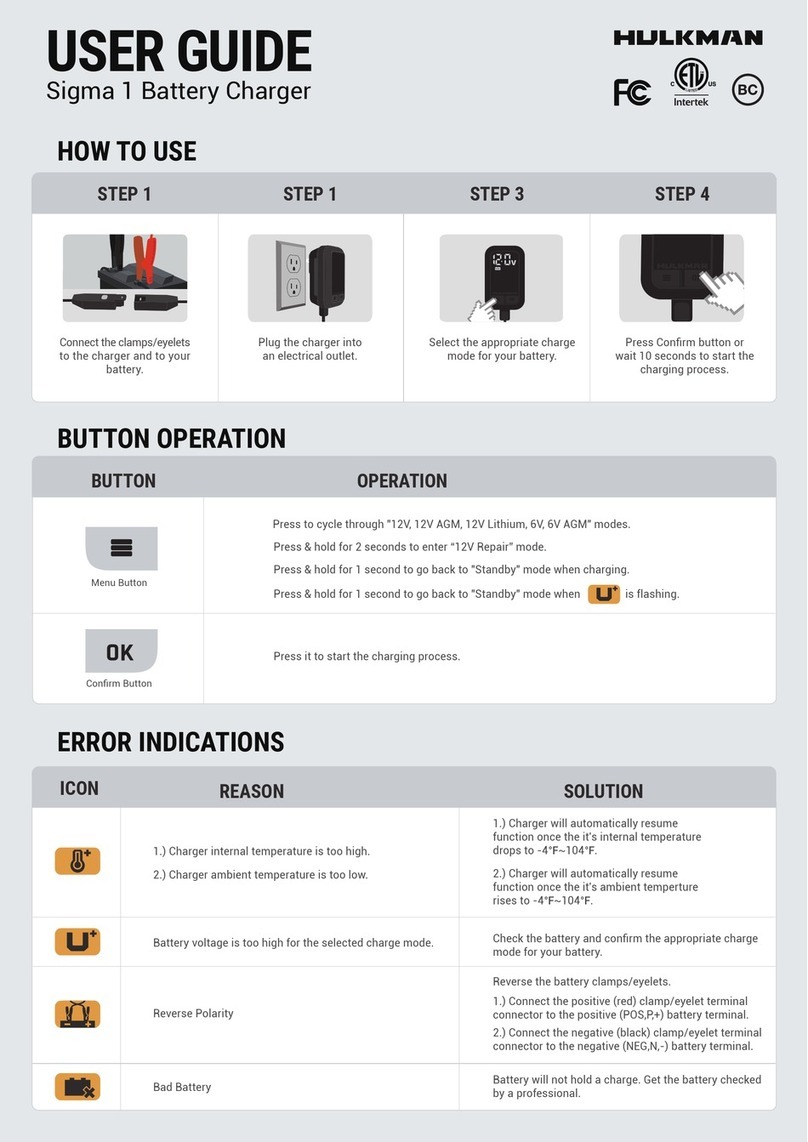WARNINGS AND SAFETY NOTES
• Please open the instruction file on the CD and read the complete instruction!
• This product is not designed for use by children under the age of 14; it is not a toy!
• Protect the charger from dust, damp, rain, heat (e.g. direct sunshine) and vibration. It should only be
operated in dry indoor conditions.
• The case slots serve to cool the charger, and must not be covered or enclosed; set up the charger with
space round it, so that cooling air can circulate unhindered.
• The charger is designed to be powered by a 12 V DC car battery or power supply or 100~240V AC mains
socket only. It is not permissible to modify the charger in any way. You must not connect AC power to the
DC input.
• The charger and the battery to be charged should be set up on a heat-resistant, non-inflammable and
non-conductive surface before use. Never place the charger directly on a car seat, carpet or similar. Keep
all inflammable and volatile materials well away from the charging area. Provide good ventilation.
Defective batteries can explode or burn!
• Connect the charger’s 12 V DC input directly to the car battery using the original cables and connectors
supplied. The car’s engine must be stopped all the time the CHARGER is connected to the car’s battery.
Do not recharge the car battery at any time when the CHARGER is connected to it.
• The charge output sockets and connecting leads must not be modified, and must not be inter-connected
in any way. There is a danger of short-circuit between the charge outputs and the vehicle’s bodywork
when the charger is connected to the car battery. The charge leads and connecting leads must not be
coiled up when the charger is in use. Avoid short-circuiting the charge output or the model battery with the
car bodywork. For this reason the charger must never be placed directly on the vehicle’s bodywork.
• Never leave the charger running or connected to the car battery unsupervised.
• Only one battery may be connected to the unit for charging at any one time.
• The following types of battery must not be connected to the charger:
- Ni-Cd / Ni-MH batteries consisting of more than 18 cells, Lithium-Ion / Lithium-Manganese / Lithium-
Polymer / LiFePO4(LiFe) batteries of more than 7 cells, or lead-acid batteries with a nominal voltage of
more than 12V or 24V.
- Batteries which require a different charge method from Ni-Cd, Ni-MH, Lithium or lead-acid types.
- Faulty or damaged cells or batteries.
- Batteries consisting of parallel-wired cells, or cells of different types.
- Batteries consisting of old and new cells, or cells of different makes.
- Non-rechargeable batteries (dry cells). Caution: explosion hazard!
- Batteries which are not expressly stated by the manufacturer to be suitable for the currents which this
unit delivers during the charge process.
- Packs which are already fully charged or hot, or only partially discharged.
- Batteries or cells fitted with an integral charge circuit or charge termination circuit.
- Batteries installed in a device, or which are electrically connected to other components.
• To avoid short-circuits between the banana plugs fitted to the charge leads, please remember always to
connect the charge leads to the charger first, and only then to the battery to be charged. Reverse the
sequence when disconnecting.
• As a basic rule always check that the charge quantity is approximately the same as you expected after
the charger has indicated that the pack is fully charged. This is a simple method of detecting a problem
reliably and in good time, should the charge process be terminated prematurely for any reason. The
likelihood of premature termination varies according to many factors, but is at its highest with deep-
discharged packs, low cell counts and particular cell types which are known to cause problems.
• We recommend that you carry out a series of test charges to satisfy yourself that the automatic
termination circuit is working perfectly. This applies in particular when you are charging packs consisting
of a small number of cells. If the cells feature a poorly defined voltage peak, the charger may fail to detect
the fully charged state.
• Before charging please check the following: have you selected the appropriate charge program for the
battery? Have you set the correct charge or discharge current? Have you set the important cut-off voltage
when charging Ni-Cd and Ni-MH packs? Are all connectors firmly inserted, or is there an intermittent
contact at any point in the circuit? Please bear in mind that it can be dangerous to fast-charge batteries.
For example, if there is a brief interruption due to an intermittent contact, the result is inevitably a
malfunction such as a restart of the charge process, which would result in the pack being massively
overcharged.
• Be careful! Batteries may explode or burn if the charger develops a fault or if the user chooses the
wrong charging program and / or parameters.

